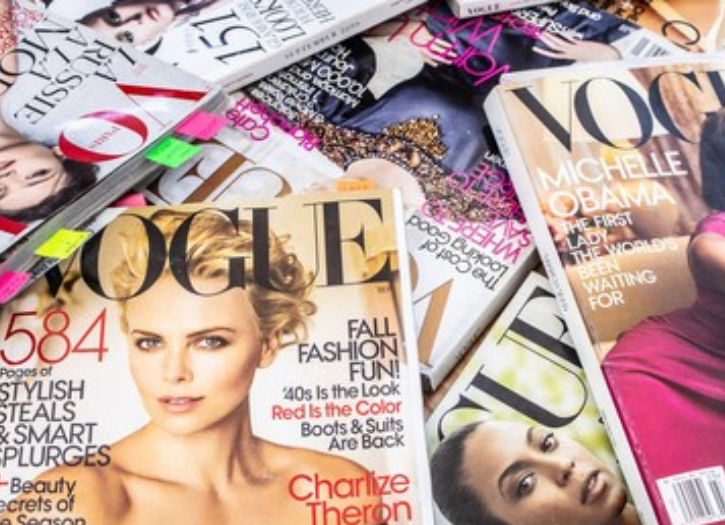Street style is fashion that is considered to have emerged not from studios, but from the population at large. Street fashion is generally associated with youth culture, and is most often seen in major urban centers. Magazines and newspapers commonly feature candid photographs of individuals wearing urban, stylish clothing. Street style is different all around the globe.
Milan
Milan has several important fashion institutions, agencies and events, including Milan Fashion Week. The expression ‘capitale della moda’ (the capital of fashion) refers to Milan when describing styles, urban life, fashion collections, and designers, motivating other cities to compete for this fashion, branded city status.
Paris
Paris’s look can be considered through frameworks of fashion fads, designers, a chic and luxury capital, artists and a bohemian lifestyle. Paris is an example of creating the ‘city look’, a collective image – certain fashion garments, specifics and lifestyles embody definite urbanity in a city’s context. For instance, an image of ‘La Parisienne’, – the typical Parisian woman – consists not only of clothing but of certain manners, values and behavioural patterns associated with the country and its citizens. One of the most typical associations with Paris is that it is the city of love and fashion, a romantic city full of chic and luxury. The fashion phenomenon can provide strong associations and a clear understanding of Paris as a centre of fashion, love and dreams.
London
London is considered a significant fashion capital, but in contrast to Milan and Paris, London’s look is closer to the fashion sense of royalty, traditions and strong street style culture. The city was a pioneer in the development and promotion of second-hand markets and underground tendencies in street style. Being a multinational city with a diverse cultural background, London is identified as a space where street style embodies not only the general popular fashion concepts, but also works as a tool to express social and cultural identity.
New York
The practice of photo shooting models, still in runway makeup, in front of open warehouse spaces and garages or just on the street came from the fashion capital of the United States. Starting with the Gibson Girl of the 1890s, the free-spirited Flapper fashions of the 1920s, and the rugged, masculine work-wear of the 1930s and 40s, American culture has been especially influential in the creation of street style, with music movements like jazz, rock, disco, and hip hop, American sports and recreational pursuits like basketball, baseball, motorcycle riding, surfing and skateboarding, countercultural movements like the hippy movement, punk, grunge and associated “anti-fashion”, and image-based cultural industries like Hollywood all having exerted a significant amount of influence on New York’s fashion and design.
New York Fashion Week was the world’s first fashion week. Historic fashion magazines like Vogue, Harper’s Bazaar, and Cosmopolitan have been the world’s pre-eminent fashion publications for over a century. Neighborhoods like the East Village, Greenwich Village, and Williamsburg, Brooklyn have been hot spots for street style.
Photo Credit: Shutterstock







Add Comment
You must be logged in to post a comment.